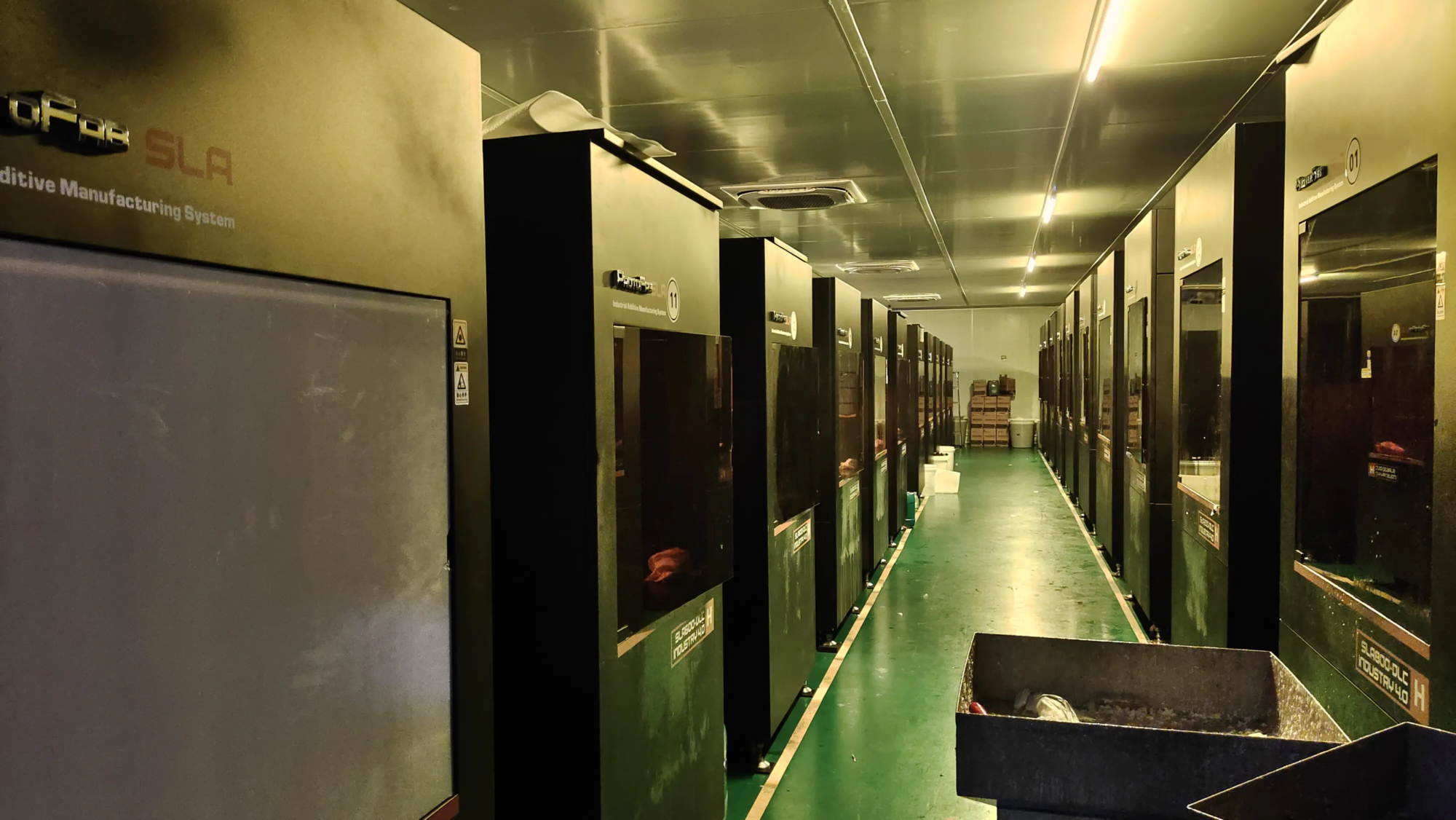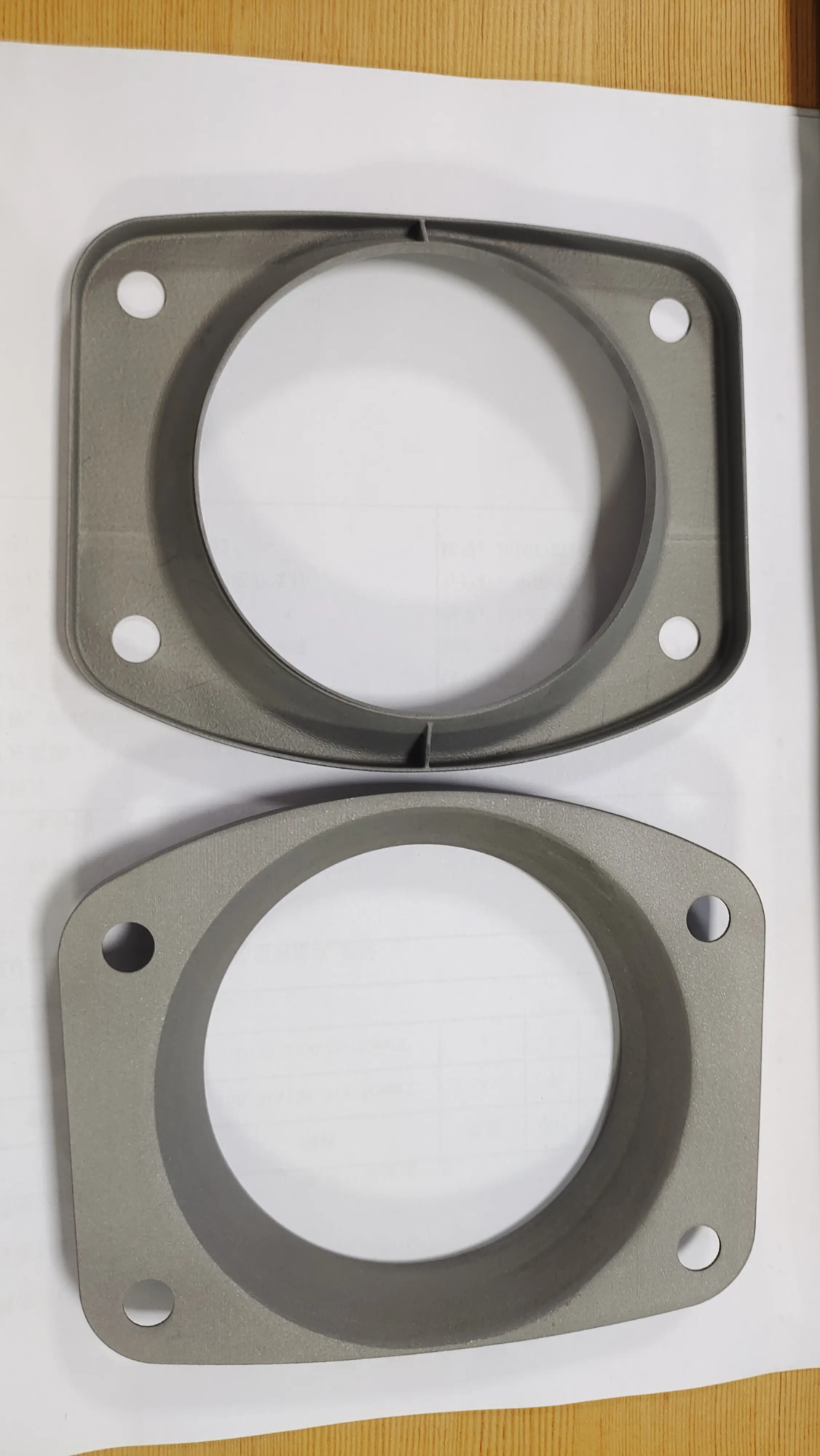Recently, it has been reported that an Air Force brigade of the Northern Theater Command of the Chinese people’s liberation army carried out a complete test for the first time in a equipment maintenance exercise.3D printingAndDrone transportRemote maintenance technology as a nucleus. This technology aims to break the limits of traditional logistical maintenance models and provide more efficient and precise maintenance support for the battlefield. This innovation also provides an important inspiration for the future transformation of the logistical support war model.
In this exercise, a typical battlefield scenario was simulated: the missile launcher could not operate normally due to the damage to key components. The entire drilling process covers the complete cycle of operations, from the declaration of defects to the repair of completion.
First, the transmitter vehicle operator uses wireless communication equipment to transmit information on defects (including text, images and video) at the rear repair station in real time. The rear maintenance team then quickly designed and generated a three -dimensional model of the defective parts, then used a portable 3D printer to create alternative parts.
Once the manufacturing is completed, the parts are efficiently transported to the front line through drones, avoiding security delays and risks that can be caused by traditional transport methods. Finally, front line maintenance staff receive parts and quickly finish maintenance tasks with guidance plans provided by rear and real -time technical support, thus restoring the combat capacity of the launch vehicle.
The completion time of the entire processOnly a third of the traditional modelDemonstrates fully the improvement in the efficiency of remote maintenance technology in battlefield environments. During this exercise, drone performance was particularly exceptional. At the same time, the strangion neck of delay in traditional modes of transport has been eliminated, which has considerably improved the maintenance support speed.
This test shows that remote maintenance technology has high feasibility and significant improvement in efficiency in practical environments. By integrating 3D printing technology into drone transport, the popular liberation army has considerably improved the autonomy of equipment maintenance and response capacity to the battlefield. In the future, with the continuous development of related technologies, the popular liberation army should obtain remote maintenance applications on a larger scale.
In fact, the US Department of Defense (DOD) previously provided Ukraine 3D printers which can quickly make key components of military equipment. The American army constantly extends sets of 3D model data for strength use. These data contribute to quickly and securely produce critical components that have been interrupted or which have sophisticated supply processes when deployed in the field.
Whether in China or the United States, the combination of 3D printing and drone transport technology has demonstrated its enormous potential in the maintenance of military equipment. Maturity and promotion of this technology can considerably improve the maintenance capacities of armies equipment in various countries and modify logistics and combat modes on the traditional battlefield.





